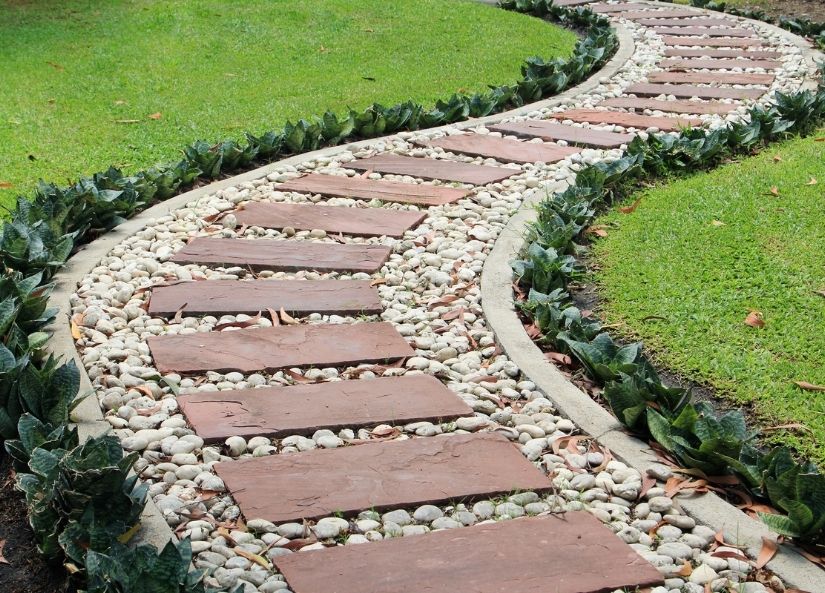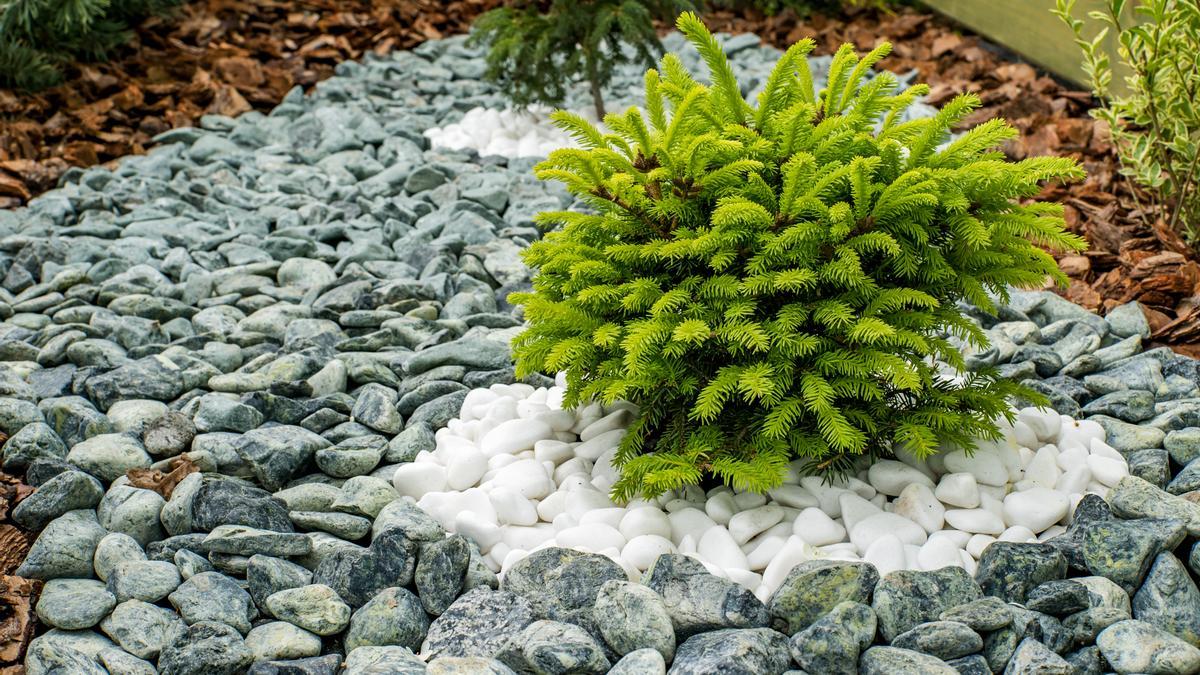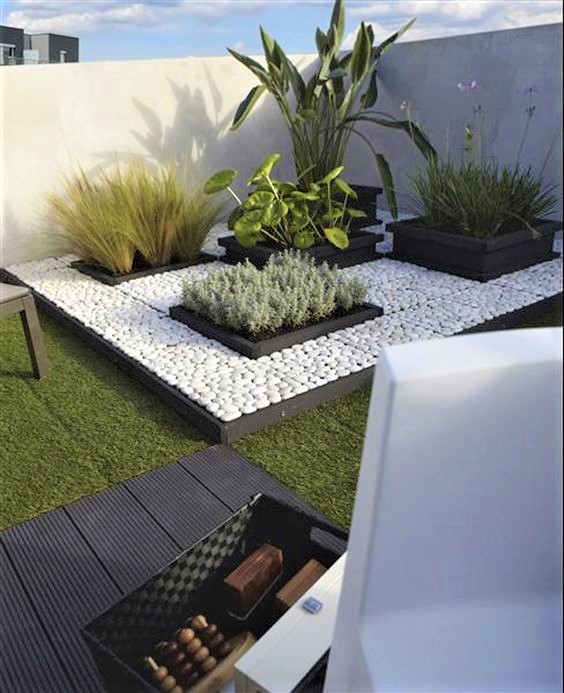Creating a beautiful garden can be an incredibly rewarding experience. As someone who has spent countless weekends turning my own backyard into a tranquil oasis, I have learned the nuances of decorar jardines con piedras y plantas. Not only does this method elevate the aesthetic appeal of your outdoor space, but it also serves practical purposes such as drainage and soil erosion control. In this guide, we’ll explore creative ideas, practical tips, and inspiring designs to help you enhance your garden using stones and plants.
Why Use Stones and Plants in Your Garden?
When it comes to landscaping, the combination of stones and plants can create a harmonious balance that is both visually appealing and functional. Here are some compelling reasons to consider this pairing:
- Aesthetic Appeal: Stones add texture and warmth, complementing the lush greenery of plants.
- Low Maintenance: Stone features often require less maintenance than traditional planting.
- Versatility: Both stones and plants can be arranged in countless ways, allowing for unique designs.
Types of Stones Suitable for Garden Decoration

Choosing the right type of stone is crucial for achieving the desired look and feel of your garden. Here are some popular types:
| Type of Stone | Description | Best Use |
|---|---|---|
| River Rocks | Smooth stones often found in riverbeds. | Pathways, decorative borders. |
| Granite | Durable and available in various colors. | Walls, borders, and edging. |
| Pebbles | Small, rounded stones in various sizes. | Ground cover, decorative accents. |
| Limestone | Soft, sedimentary rock, available in light colors. | Walkways, garden beds. |

Choosing the Right Plants for Your Stone Garden
The choice of plants is just as important as the stones you choose. Here are some factors to consider:

- Climate: Choose plants that thrive in your local climate.
- Soil Type: Ensure that the plants selected are suitable for the soil conditions.
- Height and Spread: Consider how large the plants will grow.
Best Plant Options for Stone Gardens

Here’s a list of plants that pair beautifully with stone features:
| Plant Type | Growth Habits | Ideal Conditions |
|---|---|---|
| Sedum | Low-growing succulent. | Full sun, well-draining soil. |
| Lavender | Medium height with fragrant flowers. | Full sun, alkaline soil. |
| Thyme | Ground cover and culinary herb. | Full sun, well-drained soil. |
| Ornamental Grasses | Tall and airy, adding movement. | Full to partial sun. |

Designing Your Stone and Plant Garden
Now that you know what stones and plants to choose, let’s discuss how to design your garden effectively.

Garden Layout Ideas
Your garden layout is the foundation of your design. Here are a few layout ideas to consider:

- Rock Gardens: Create a sloped area filled with different stones and drought-resistant plants.
- Pathways: Use flat stones to design pathways that lead through your garden.
- Retaining Walls: Utilize stones to create walls that help with soil retention.
Practical Steps to Design Your Garden
- Plan Your Space: Measure your garden area and sketch a layout.
- Select Your Materials: Choose your stones and plants based on the layout.
- Prepare the Ground: Clear the area of weeds and debris.
- Place Your Stones: Start laying down your stones according to your design.
- Plant Your Greenery: Fill in the spaces between stones with your chosen plants.
Maintenance Tips for Stone and Plant Gardens
Once your garden is set up, maintaining it is crucial to keep it looking its best.
- Watering: Adjust watering based on the moisture needs of your plants.
- Weeding: Regularly check for weeds and remove them promptly.
- Stone Care: Occasionally clean stones to remove organic matter.
Pros and Cons of Using Stones and Plants in Gardens
Every garden design comes with its own set of advantages and disadvantages. Here’s a quick overview:
Pros
- Durability and longevity of stone materials.
- Beautiful, low-maintenance landscape design.
- Improved drainage and soil health.
Cons
- Initial cost can be higher due to purchasing stones.
- Weight of stones can make relocation challenging.
- Potential for algae growth on wet stones.
Frequently Asked Questions
What type of stones are best for a garden?
The best stones for a garden depend on your desired look and function, but popular choices include river rocks, granite, and limestone.
Can I plant flowers in between stones?
Yes! Many plants grow well in stone gardens, including succulents, herbs, and ornamental grasses.
How do I prevent weeds in my stone garden?
Using landscape fabric under your stones can help prevent weed growth. Regular maintenance is also key!
Is a stone garden low-maintenance?
Yes, a stone garden is generally low-maintenance, especially when using drought-resistant plants.
Conclusion
Decorating your garden with stones and plants allows you to create a stunning outdoor space that reflects your personal style. Through careful planning and execution, you can achieve a harmonious environment that not only looks great but is functional as well. My own journey in garden decoration has filled my weekends with joy and satisfaction, and I hope this guide inspires you to take on your own landscaping project.
Feel free to share your garden transformation stories, and let’s inspire each other to create beautiful outdoor spaces!